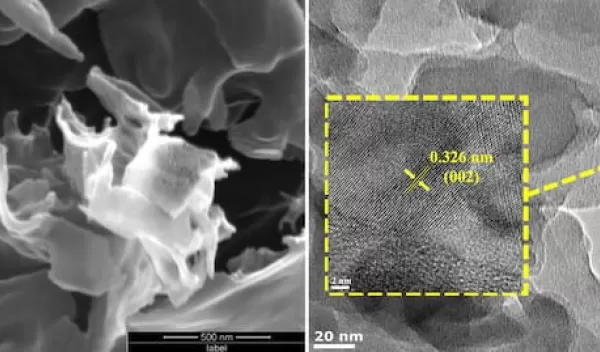
New nano strategy fights superbugs
It's not enough to take antibiotic-resistant bacteria out of wastewater to eliminate the risks they pose to society. The bits they leave behind also must be destroyed, scientists have found.
National Science Foundation-funded researchers at Rice University have a new strategy for "trapping and zapping" antibiotic resistant genes, the pieces of bacteria that, even though their hosts are dead, can find their way into and boost the resistance of other bacteria.
A team led by Rice environmental engineer Pedro Alvarez is using molecular-imprinted graphitic carbon nitride nanosheets to absorb and degrade these genetic remnants in sewage system wastewater before they have the chance to invade and infect other bacteria.
The work is detailed in the American Chemical Society journal Environmental Science and Technology.
"This study addresses a growing concern: the emergence of multidrug-resistant bacteria known as superbugs," said Alvarez. "They are projected to cause 10 million annual deaths by 2050.
"Some water infrastructure may harbor superbugs. For example, a wastewater treatment plant in Tianjin we've studied is a breeding ground, discharging five positive strains for each one coming in. Unfortunately, some superbugs resist chlorination."
That, he believes, underscores the need for technological innovation.
"This research team is demonstrating how complex nanomaterials can be fabricated to remove targeted contaminants from wastewater," says Dana Denick, a program director in NSF's Directorate for Engineering. "Finding new engineering solutions to water treatment problems is critical to ensuring clean water for all."


